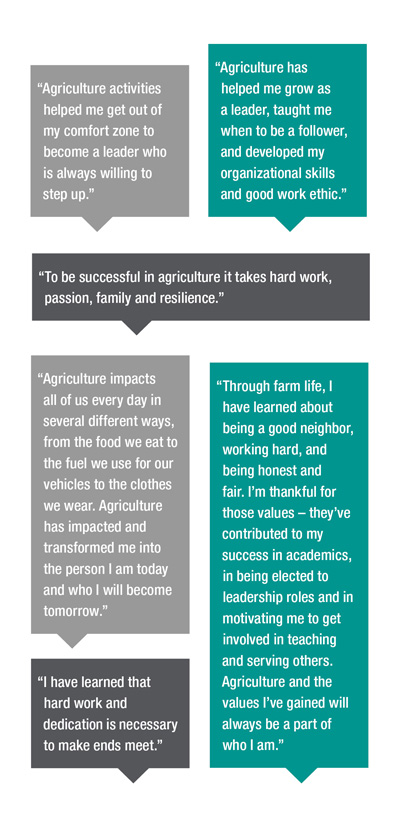 A few weeks ago I revisited a post I had written on picturing cows. Having assisted with the process many times got me to thinking about picturing our bulls. I use their photos all of the time on social media, flyers and advertisements, but I have never been present to see if it is any different. So I did a little checking, and as luck would have it, we were due to picture nine bulls in the middle of May. So I was off to our Ford barn for a morning of learning and observation.
A few weeks ago I revisited a post I had written on picturing cows. Having assisted with the process many times got me to thinking about picturing our bulls. I use their photos all of the time on social media, flyers and advertisements, but I have never been present to see if it is any different. So I did a little checking, and as luck would have it, we were due to picture nine bulls in the middle of May. So I was off to our Ford barn for a morning of learning and observation.The first thing I discovered actually occurred even before I made it to the barn. The genomic era has us picturing bulls at a younger age than in the past. This makes for a much easier and safer day. In the past, waiting to take photos of daughter-proven bulls meant their attitudes (and hormones) were in full swing. In fact, in order to provide an element of safety for the handler, a cage was built and mounted to the back of a tractor. The sire handler would ride inside of the cage and the bull would be walked to the area outside of the barn where the photos would be taken.
Which brings me to difference number one between picturing cows and our bulls.
1. Bull photos are taken in the collection arena. Since we have the technology to add a scenic background to the photos, there is no need to take the bulls out of the environment they are used to. This adds to the safety element for everyone (bulls included) involved.
Since we export semen across the world, strict biosecurity protocols are in place. This brings me to differences two and three.
2. In order to enter the Ford barn, individuals must shower, change clothes, suit up or a combination of the three. I was lucky enough to get a white disposable coverall suit to wear. Sorry, no pictures were available.😉 Those who work with the animals have clothes they keep in the locker room, and they change every day when they come to work.
3. All of the supplies, from the boards that are used under the animal's feet, to the clippers and fitting sprays were bought specifically for the Ford barn and never leave the facility.
My last difference between bull and cow picturing became evident after I watched a couple of bulls go through the process.
4. With cow photos, we always have the same individual hold the animals. With our bull photos, a specific sire handler holds the bull. Since each bull has a handler, this also adds to the
safety and efficiency factors. The process of picturing bulls went much more smoothly than I thought was possible. The animals were extremely calm and responded well to those setting their feet. I actually found the bulls I watched that day were better behaved than most of the cows I have assisted with. I attribute that to the fact the bulls are worked daily and are used to being led, whereas the cows we take photos of are commercial cows who aren't usually used to a halter.
The process of picturing bulls went much more smoothly than I thought was possible. The animals were extremely calm and responded well to those setting their feet. I actually found the bulls I watched that day were better behaved than most of the cows I have assisted with. I attribute that to the fact the bulls are worked daily and are used to being led, whereas the cows we take photos of are commercial cows who aren't usually used to a halter.
Here is a little time-lapse video to give you an idea of what takes place the day of bull picturing.
Thanks to Nate, Kenny, Luke, Andy, Jesse, Morgan and especially our talented photographer, Sarah Damrow, for allowing me to spend time observing.








